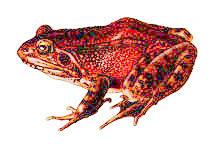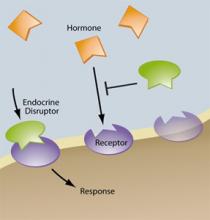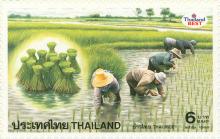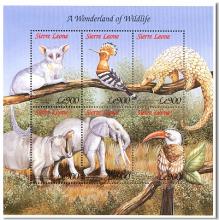Gegen das tägliche Gift - was der Bauerssohn Friedrich Haalck unter dem Titel „Pestizide, nein danke!“ auf 165 Buchseiten zusammengefasst hat, lässt mehr als aufhorchen
„Geschafft!“, sagt Friedrich Haalck und klappt den Deckel seines druckfrischen Buches zu. Der Leher ist zufrieden mit dem, was er in mehr als dreijähriger Arbeit recherchiert und aufbereitet hat. Jetzt muss seine Botschaft nur noch in der Landwirtschaft ankommen: Auf Pestizide komplett zu verzichten.
Das, was der Bauerssohn unter dem Titel „Pestizide, nein danke!“ wissenschaftlich aufbereitet und leicht verständlich auf 165 Buchseiten zusammengefasst hat, lässt mehr als aufhorchen. Es geht um die Verwendung von Giften, Pestiziden, in der Landwirtschaft. „Der gezielte Chemiekalieneinsatz, die sogenannte Sikkation, hat sich in den vergangenen Jahren auch in Dithmarschen breit gemacht, weitgehend unbemerkt von der Öffentlichkeit“, sagt Haalck.










